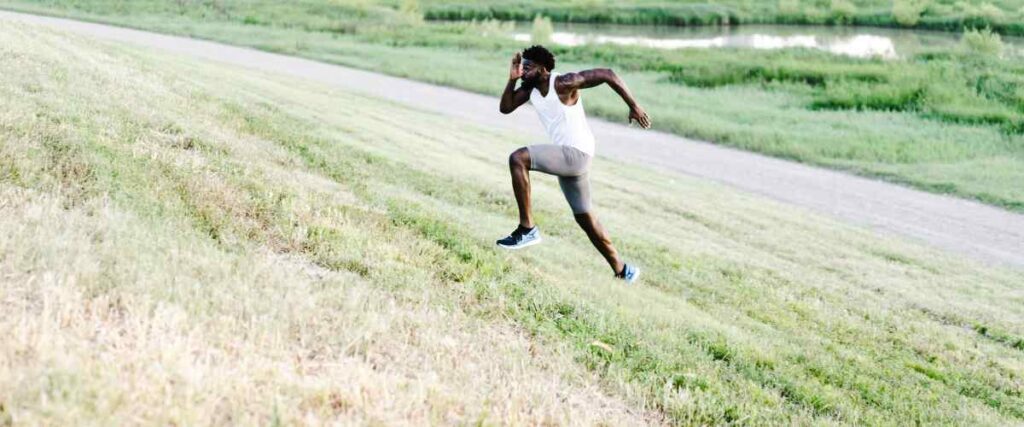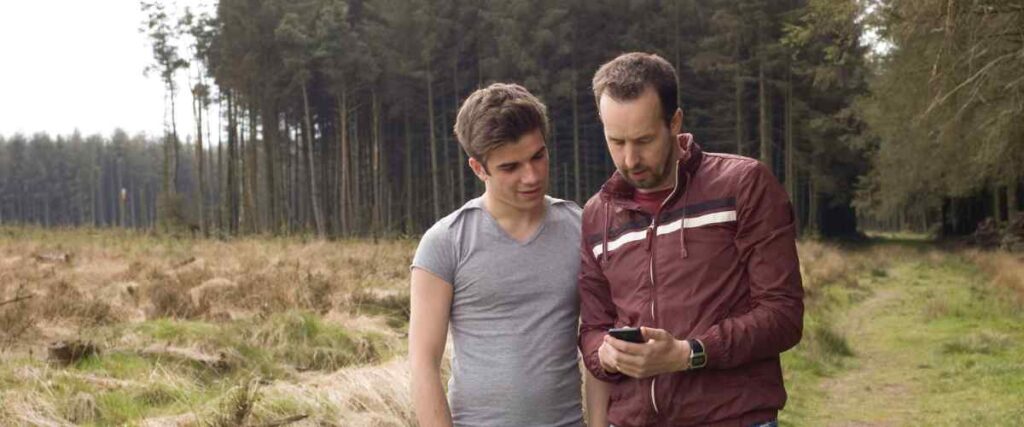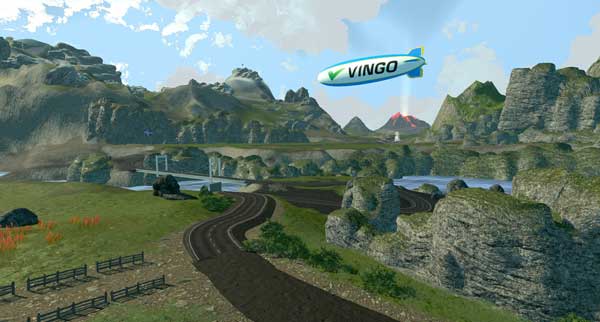
How to Plan a Running Route
Running is an excellent workout and an easy way to stay fit without investing in a ton of fitness equipment. If you’re serious about your running, planning your route in advance is a great way to get acquainted with an unfamiliar area, add some variety to your workout routine, and make the most of your training time.
Though it may sound daunting, it’s relatively easy to plan a running route. Even if you’re a new runner, there are several tools you can use to make the process easier.
Why should I plan my running route?

Although you could just get out and start running without a plan, there are plenty of benefits to planning your running route instead:
- Train better: A planned route allows you to customize the distance and time you spend running. It also gives you more control over the terrain you encounter, resulting in more opportunities to focus on specific aspects of your running performance while you train.
- Refresh your routine: If your running routine is getting stale, mix things up by planning a different route. With a plan, you can also explore new areas without worrying about getting lost. All this makes running more enjoyable and motivates you to move.
- Stay safe: One of the main concerns of not planning a running route is accidentally running in an unsafe area or getting lost. When you plan your route, you know exactly where you’re going and you can make sure others do too.
- Prevent injuries: Running the same route all the time works your muscles in the same ways. You can reduce your risk of overuse injuries by varying your running terrain.
Despite these benefits, you should know that nothing is wrong with running the same routes or running indoors on a treadmill instead of heading outside to train. Indoor runs with Vingo might be more convenient and comfortable for you, which is great! Plus, you can vary your routes just as much or even more than you do outdoors. Regardless, having a plan is helpful if you choose to run outdoors.
How to plan a running route
Planning a running route can feel very overwhelming. Many runners complete the same route repeatedly because they’re unsure how to plan a running route or what makes a good one. If you feel this way, there’s no need to stress about it. Here are the basic steps to get you started:
Identify your goals.

Before you can plan a running route, consider your overall running goals. Do you want to work on your endurance and distance? Are you more focused on speed? Do you prefer hills or flat terrain? Identifying your goals before you create a running route will help you achieve them.
Decide on the type of route you want.

There are several options for the type of running route you prefer. Some of the more popular options include:
- Out and back: This running course begins at a specific point, features a turnaround midway through, and ends at the same starting point.
- Loop: A loop running route also starts and ends at the same location but takes you along an O-shaped or square-shaped route, so you’re not retracing your steps on the way back.
- Point to point: A point-to-point running route is where you start running at one place and end in another. For example, you might run this type of route if you run to work every day or you use a shuttle service while trail running.
Make sure it’s safe.

Before you set out for a run, you’ll also need to make sure your route is safe. Research any areas you’re interested in to confirm they’re safe for running. Good spots for running have low crime rates, proper lighting, and aren’t too isolated. If possible, avoid very busy roadways and frequent road crossings along the route. And, of course, always let someone else know where you’ll be running before you head out.
Consider the time of day.

Aside from just thinking about where you’ll run, consider the time of day when planning your running routes. Depending on where you live, there may be more foot traffic and vehicles on the road at certain times of the day. You’ll want to plan your route accordingly. If running in the evening or at night is the best option for your schedule, make sure to run with lights to be visible to other pedestrians and cars.
Think about what’s convenient and practical.

Specific running routes may be more challenging than others, depending on your schedule. But selecting a route you can easily fit into your day is crucial. For example, let’s say you have to be at work at 9am. In that case, it’s a good idea to choose a running route close to home. That way, you have enough time to shower, get dressed, and head to work without being late. Likewise, things like selecting a route with enough tree coverage in the summertime or choosing terrain that won’t be muddy if it’s raining are all examples of practical things to consider.
Use an app.

Several helpful apps allow you to create and discover new running routes in your local area or while visiting a new place. Using one of these apps, you can find popular and safe routes from runners all over the country or easily select a start and end point and create your own running route as you see fit. Some apps also offer premium features that allow you to search for local routes using preferences for specific terrain, distances, elevation, area foot traffic, and more. In addition, Google Maps is an excellent tool for runners of all skill levels who want to create their own routes.
Download your routes to your GPS watch.

If you have a GPS watch, you may be able to create running routes online, download them, and send them to your watch. That way, you can easily follow the turn-by-turn directions right on your wrist while you run. If you run regularly but don’t have a GPS watch with this feature, you might consider getting one.
Choose an enjoyable route.

If you dread going for a run every day, you’re unlikely to stick with it. Your running routine should be fun, so make sure you plan a running route that you enjoy! When you go to create it, focus on incorporating features you’ll love, such as beautiful scenery, fun terrain, or your favorite brunch spot at the end.
Tips for finding new running routes

If you don’t have the time to plan a running route or you want to try some that other runners have already pieced together, here are some helpful tips:
- Run indoors with Vingo: If you quickly get bored with the same running routes, try running on a treadmill with Vingo! The more you run and explore, the more routes you unlock. Whether you enjoy running on the beach or through the mountains, you’re sure to find plenty of routes you love and will want to run over and over.
- Use running route websites and apps: Many websites and apps are dedicated to helping you find new running routes in your local area and beyond. These tools can be beneficial when you’re traveling to a new place and are unfamiliar with the area.
- Look at local reviews: Not sure which routes to try? Search online for reviews from other runners. Many of the same websites and apps you can use to plan a running route will include existing ones with reviews from others.
- Visit parks: If you’re unsure where to run and are short on time, your local parks are a safe bet. Most parks have trails, sidewalks, and plenty of green space where you can run without worrying about vehicle traffic.
- Drive around: Mapping out a running route can be tricky if you’ve never seen an area in person before. Taking a quick drive around can give you a better idea of the area and help you plan a running route you’ll enjoy. It’s also an excellent way to identify surface conditions, traffic, and amenities like water fountains along the route.
- Ask the staff at a local running store: The staff at a running store are bound to know some of the best local spots to run. They might even be able to give you insider tips on the best times to go, and recommendations for individual and group runs.
- Connect with a local running club: Likewise, a local running club is guaranteed to have a list of recommended routes on its website. You can easily connect with the club online through social media or by email.








